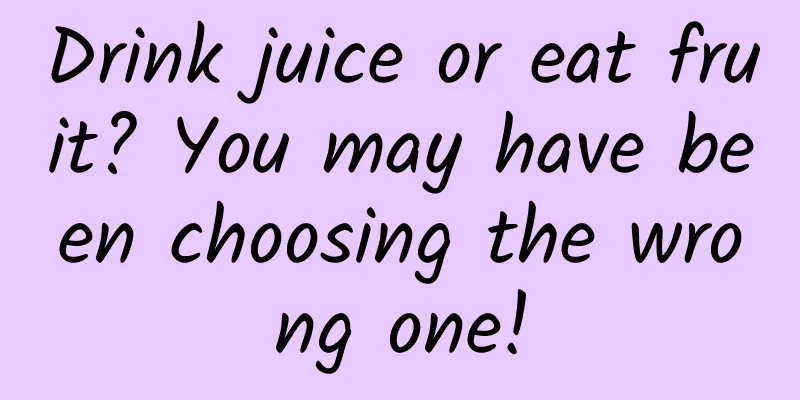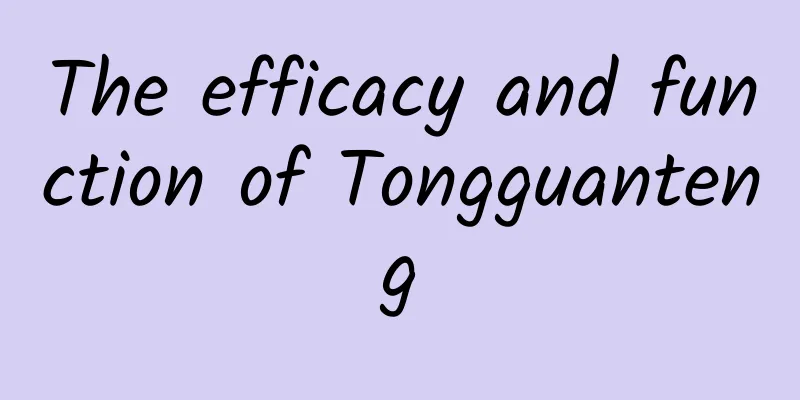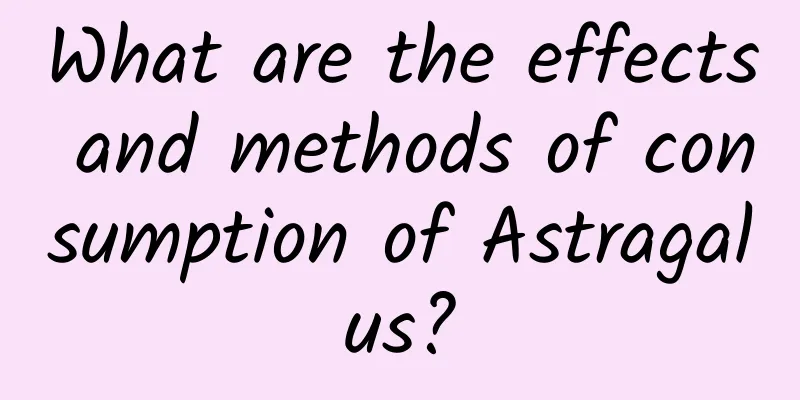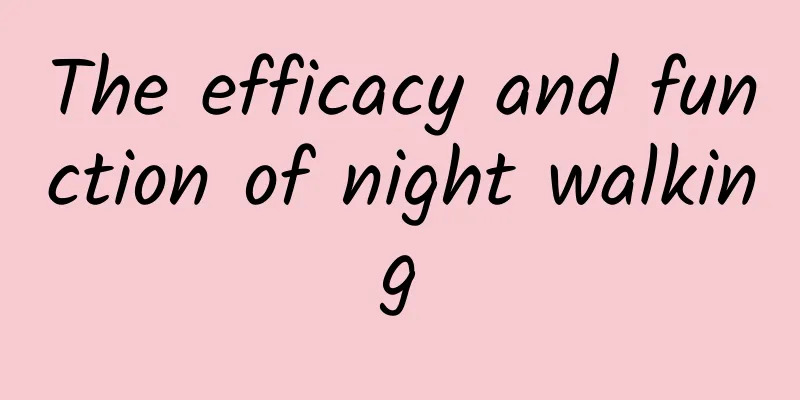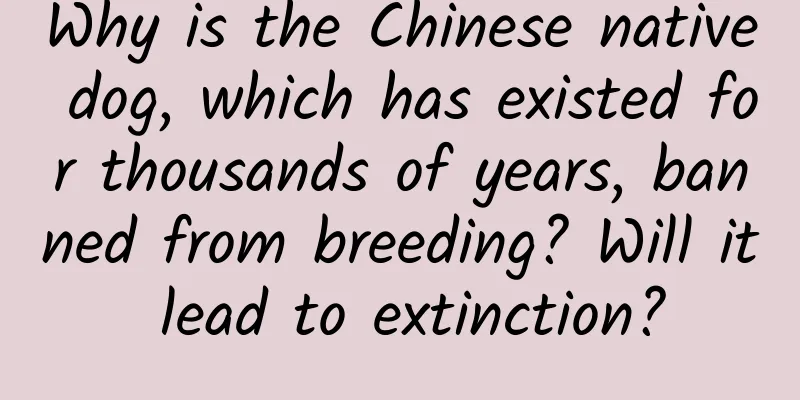The global chocolate crisis: How can we save the dying cocoa trees?
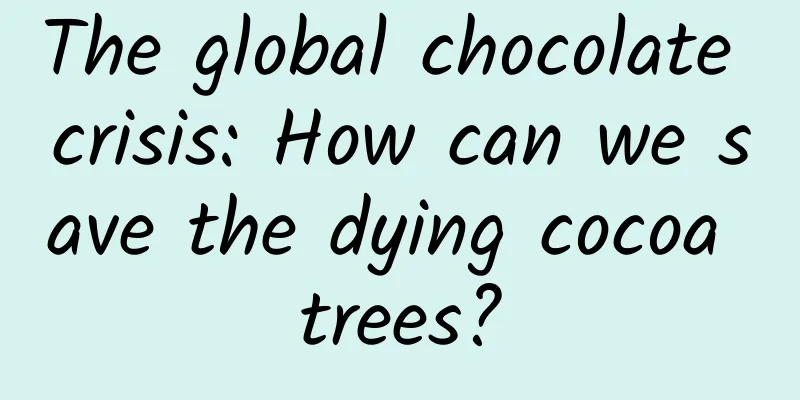
|
Compiled by: Gong Zixin chocolate-- The world's most popular cuisine Facing a supply crisis Did you know? About 50% of the world's chocolate Cocoa trees from the West African countries of Ivory Coast and Ghana However A rapidly spreading, destructive virus The attack on Ghana's cocoa trees 15% to 50% harvest loss The surprising thing is Recently Researchers developed a new strategy Can inhibit the spread of viruses The virus, called cocoa swollen bud virus disease (CSSVD), is spread by tiny insects called mealybugs (Pseudococcidae, Homoptera) that eat leaves, buds and flowers and are one of the most destructive threats to the root ingredient of chocolate. Infection occurs when mealybugs pick up viruses from infected cocoa or other host plants and deposit them in healthy cocoa trees during feeding. "This virus poses a real threat to the global chocolate supply," said Benito Chen-Charpentier, a professor of mathematics at the University of Texas at Arlington and author of "Cocoa Sustainability: The Case of Swollen Bud Virus Co-infection," published in the journal PLOS ONE. "Pesticides are not very effective against mealybugs, and farmers can only prevent the spread of the disease by cutting down infected trees and breeding insect-resistant trees. But despite these efforts, Ghana has lost more than 254 million cocoa trees in recent years." Farmers can combat mealybugs by vaccinating trees to protect them from the virus, but vaccines are expensive, especially for low-income farmers, and vaccinated trees produce lower yields, exacerbating the damage done by the virus. Chen-Charpentier and colleagues developed a new strategy: using mathematical data to determine how far apart farmers can plant vaccinated trees to prevent mealybugs from jumping from tree to tree and spreading the virus. “Mealybugs can move in several ways, including from one canopy to another, carried by ants or blown by the wind,” Chen-Charpentier said. “What we need to do is create a model for cocoa farmers so they can know how far to plant vaccinated trees from unvaccinated trees to prevent the spread of the virus while keeping costs manageable for these smallholder farmers.” By experimenting with mathematical modelling techniques, the team created two different types of models that allowed farmers to create a protective layer of vaccinated cocoa trees around unvaccinated cocoa trees. Chen-Charpentier stressed that while these models are still in the experimental stage, they will help farmers protect their crops while helping them to get better harvests, which will also benefit our global addiction to chocolate. |
<<: I say goodbye to glasses, I love bright eyes!
Recommend
What you don’t know about the “harm value” of sitting for a long time: These massage and waist protection methods are actually wrong!
Author: Zhao Ping, Chief Physician of Air Force S...
5,000 years ago, there were three-story buildings here!
About 5,000 years ago, the middle reaches of the ...
Quantum entanglement: What is the "ghostly action at a distance"?
Of all the strange quantum effects, quantum entan...
Juyongguan: How did ancient China “play” with light-speed communication and cryptography
Juyongguan is known as the most powerful pass in ...
Extremely sharp! Every year people are injured by it
The grass is green and the birds are singing, the...
What is the medicinal value of the earthworm?
It is easy for friends in rural areas to see the ...
"Laso" has made new discoveries! The world's first accurate observation of the entire afterglow of a once-in-a-millennium gamma-ray burst
Produced by: Science Popularization China Author:...
What are the nutrients of aloe vera
Normally, there are many health products around u...
What are the medicinal values of tea?
Tea is the most common thing in real life. Many p...
"Facial paralysis caused by air conditioning?" Doctors remind: The truth is...
As summer approaches, the temperature is getting ...
The efficacy and function of Rhubarb
Most Chinese medicinal materials have good effect...
The efficacy and function of Ganoderma lucidum
Ganoderma lucidum has a long history, and up to n...
Can eating Polygonum multiflorum lower blood sugar?
Does eating Polygonum multiflorum have the effect...
A new way to boost the COVID-19 vaccine is here: a chart to help you understand sequential boosting
Recently, the National Health Commission has begu...
